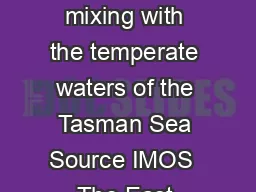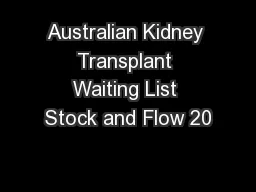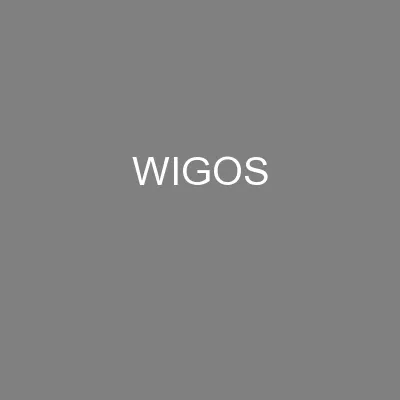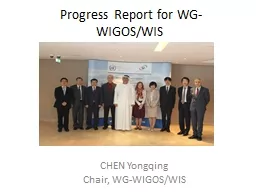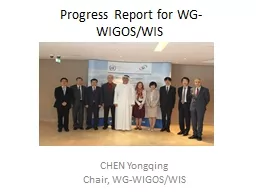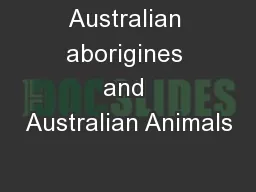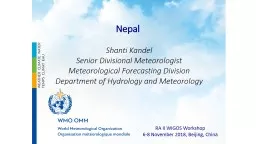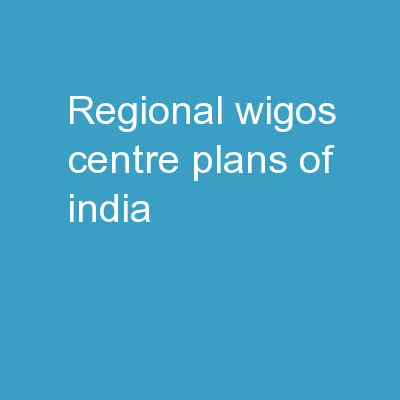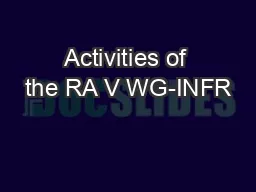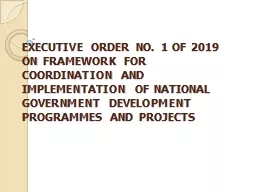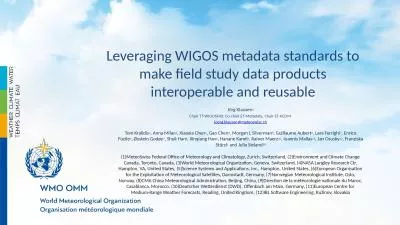PPT-Australian National WIGOS IMPLEMENTATION PLAN (N-
Author : natalia-silvester | Published Date : 2019-06-29
Wip au Bureau of Meteorology A framework for integrating WMO observing systems and contributions to cosponsored observing systems for planning operating and delivering
Presentation Embed Code
Download Presentation
Download Presentation The PPT/PDF document "Australian National WIGOS IMPLEMENTATION..." is the property of its rightful owner. Permission is granted to download and print the materials on this website for personal, non-commercial use only, and to display it on your personal computer provided you do not modify the materials and that you retain all copyright notices contained in the materials. By downloading content from our website, you accept the terms of this agreement.
Australian National WIGOS IMPLEMENTATION PLAN (N-: Transcript
Download Rules Of Document
"Australian National WIGOS IMPLEMENTATION PLAN (N-"The content belongs to its owner. You may download and print it for personal use, without modification, and keep all copyright notices. By downloading, you agree to these terms.
Related Documents



